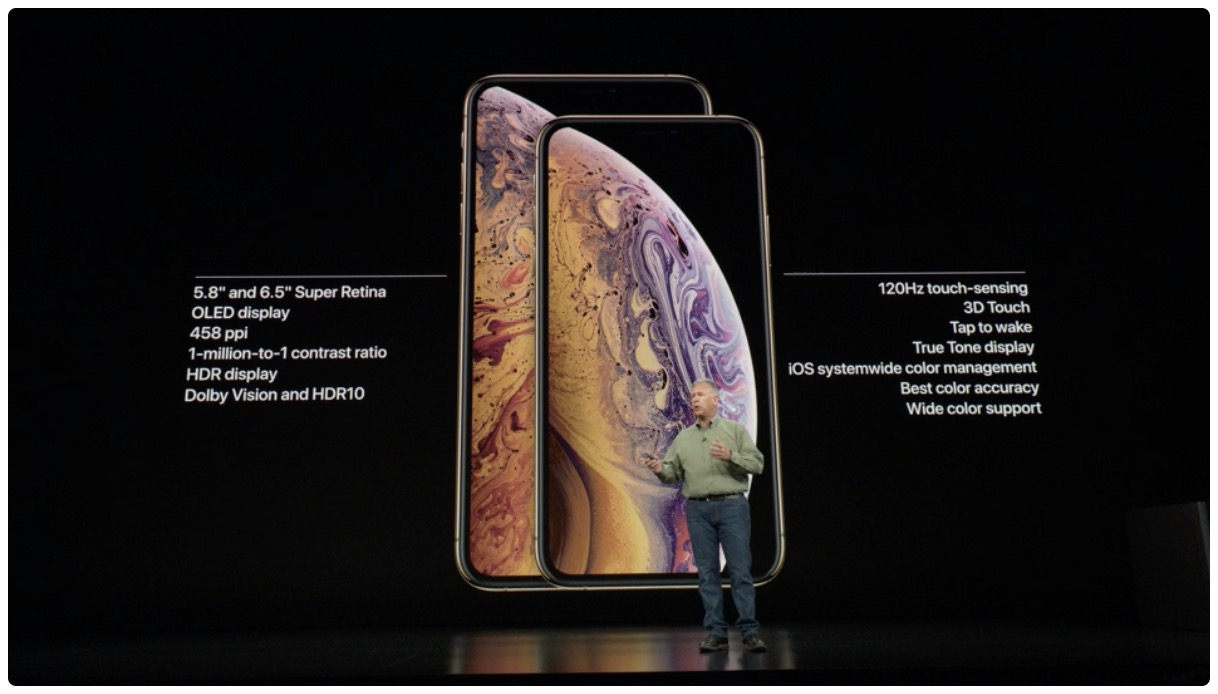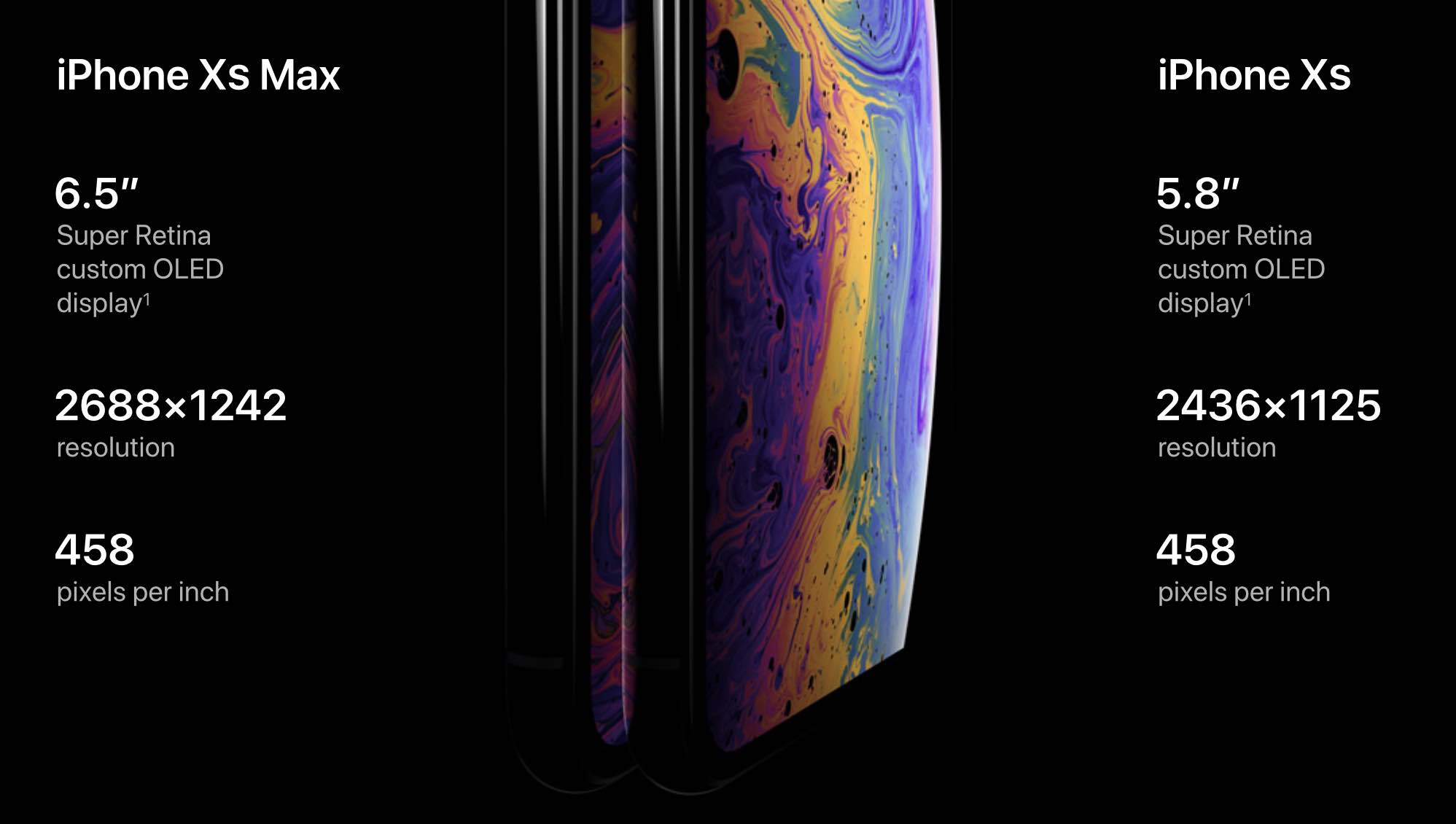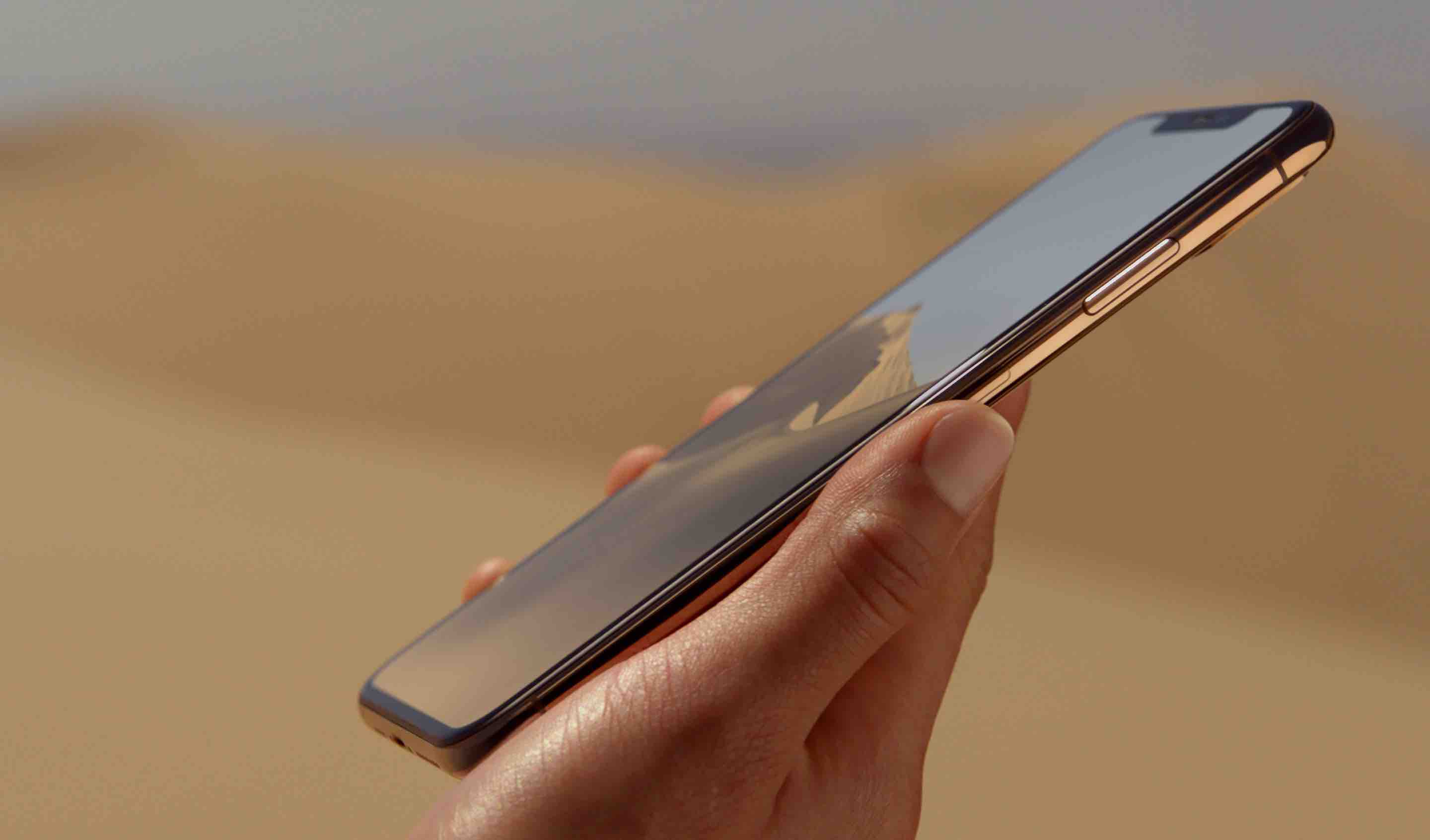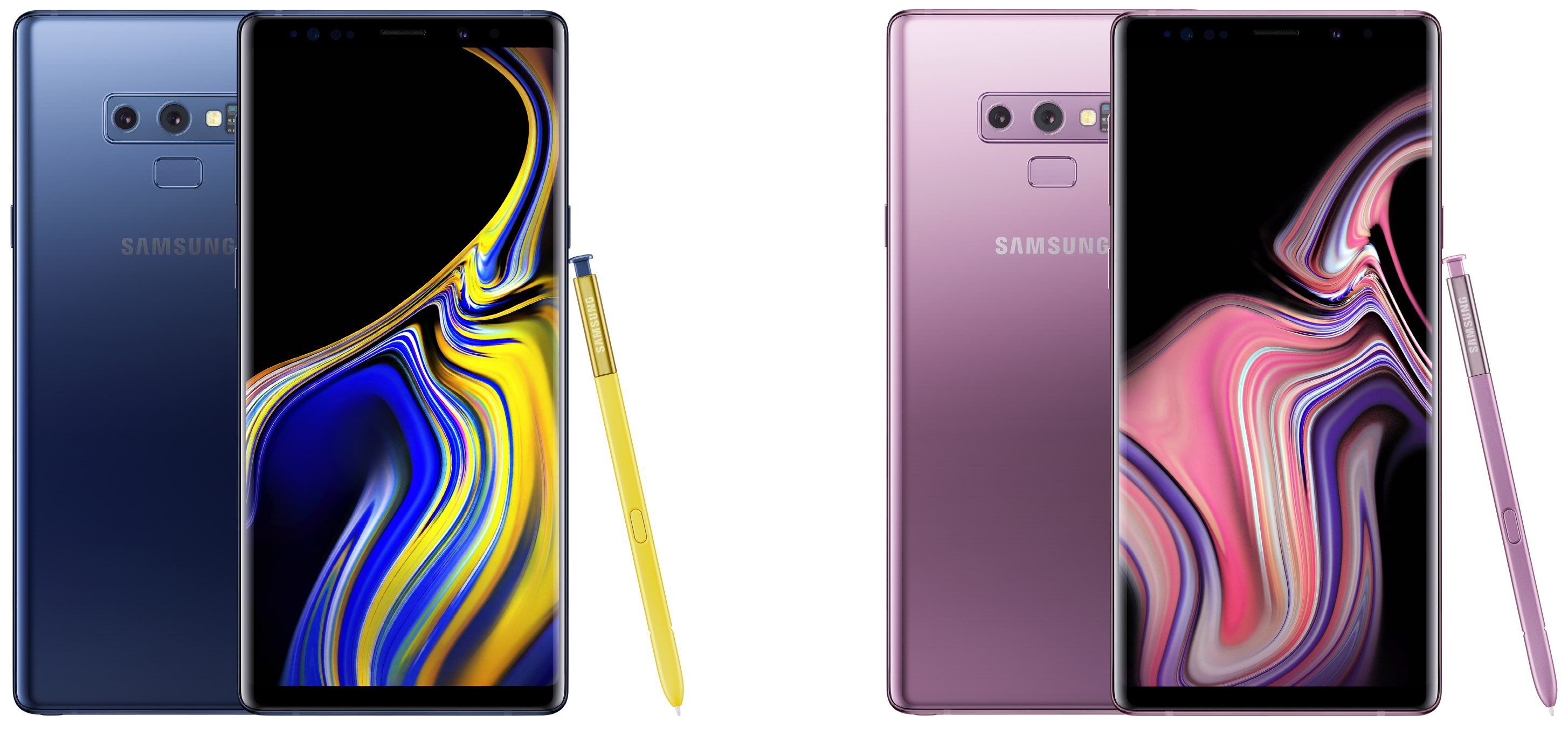iPhone XS Max’s OLED screen has some notable improvements over the original X

The 6.5-inch custom-built OLED panel in Apple’s new iPhone XS Max has earned the “Best Smartphone Display Award” with near “Perfect Calibration and Performance,” according to display testing and calibration experts over at DisplayMate Technologies.
One heck of a display
DisplayMate tests every new major smartphone release and the latest iPhones are no exception. “iPhone XS Max is a very impressive top-tier smartphone display,” said DisplayMate president Dr. Raymond M. Soneira.
Apple is highly invested in advanced display technologies and it certainly shows.

The custom-built 6.5-inch OLED panel, the biggest display in any iPhone to date, matches or sets smartphone display records in several ears, including image quality and color accuracy.
Key takeaways
Here are your key takeaways:
- Peak fullscreen brightness is higher: At 660 nits when displaying an all-white screen (725 nits on the Home screen), iPhone XS Max beats iPhone X’s peak fullscreen brightness of 634 nits. iPhone XS Max actives this for the sRGB and DCI-P3 color gamuts, meaning users enjoy enhanced visibility in high ambient lighting conditions.
- Screen reflectance is lower: A combination of high screen brightness and low reflectance at 4.7 percent means better readability, picture quality and color accuracy in ambient light without being washed-out. The measured screen reflectance for iPhone XS Max at 4.7 percent is “close to the lowest” they have ever measured for any smartphone.
- Absolute color accuracy is “Truly Impressive”: iPhone XS Max has an Absolute Color Accuracy of 0.8 JNCD (Just Noticeable Color Difference) for the sRGB / Red.709 color gamut that is used for most current consumer content, and 0.8 JNCD for the wider color gamut (DCI-P3) that is used for 4K TVs and digital cinema. Both are “Visually Indistinguishable From Perfect” and very likely considerably better than any mobile display, monitor, TV or UHD TV that you have.
Aside from higher peak brightness, lower screen reflectance and the highest contrast rating for ambient high light the testing has recorded for a smartphone, what else is worth a mention?
Thankfully, iPhone XS Max also has the smallest color shift (image content APL at 0.4 JNCD) and the smallest brightness variation with viewing angle at 25 percent at a 30 degree angle. The largest color shift occurs at 30 degrees at 6.2JNCD and a 15% brightness variation.
In conclusion
“Based on our extensive lab tests and measurements, iPhone XS Max receives our Best Smartphone Display Award, earning DisplayMate’s highest ever A+ grade by providing considerably better display performance than other competing smartphones,” concludes their report, titled “iPhone XS Max OLED Display Technology Shoot-Out”.

You can comfortably view both iPhone XS and Max screens in typical wet indoor and outdoor conditions thanks to a stronger water and rustproofing earning it the IP68 rating vs IP67 for the X. And with more durable and scratch-resistant cover glass, iPhone XS Max provides a higher resistance to breakage than the previous iPhone X, iPhone 8 and iPhone 8 Plus models.
A look at competition
Last year, DisplayMate had named the OLED panel used on iPhone X their most innovative and highest performance smartphone screen. However, Apple’s first OLED-based iPhone was overtaken just a few short months later by Samsung’s Galaxy S9.
The Samsung phone was named DisplayMate’s new best-performing phone screen and the first smartphone display to receive All Green ratings in all of their lab tests. And the latest flagship Note 9 smartphone with its curved 6.4-inch Super AMOLED-based Infinity Display was awarded the highest-ever A+ grade in DisplayMate’s testing.

Samsung’s Galaxy Note 9 has a 6.4-inch Super AMOLED screen, called Infinity Display
Retina screens on the new iPhone support wide color gamut (DCI-P3), a million-to-one contrast ratio, 625 cd/m2 top brightness and High Dynamic Range video with support for Dolby Vision and HDR10 content.
All iPhone screens are factory calibrated, which has helped Apple set new records.
Your comment
One final tidbit that I wasn’t aware of: the iPhone XS Max screen works with polarizing glasses in both orientations, unlike many LCDs which generally work well in either portrait or landscape.
What do you guys make of these screen improvements on the Apple phablet?
Source link: http://www.idownloadblog.com/2018/09/25/iphone-xs-max-displaymate/



Leave a Reply